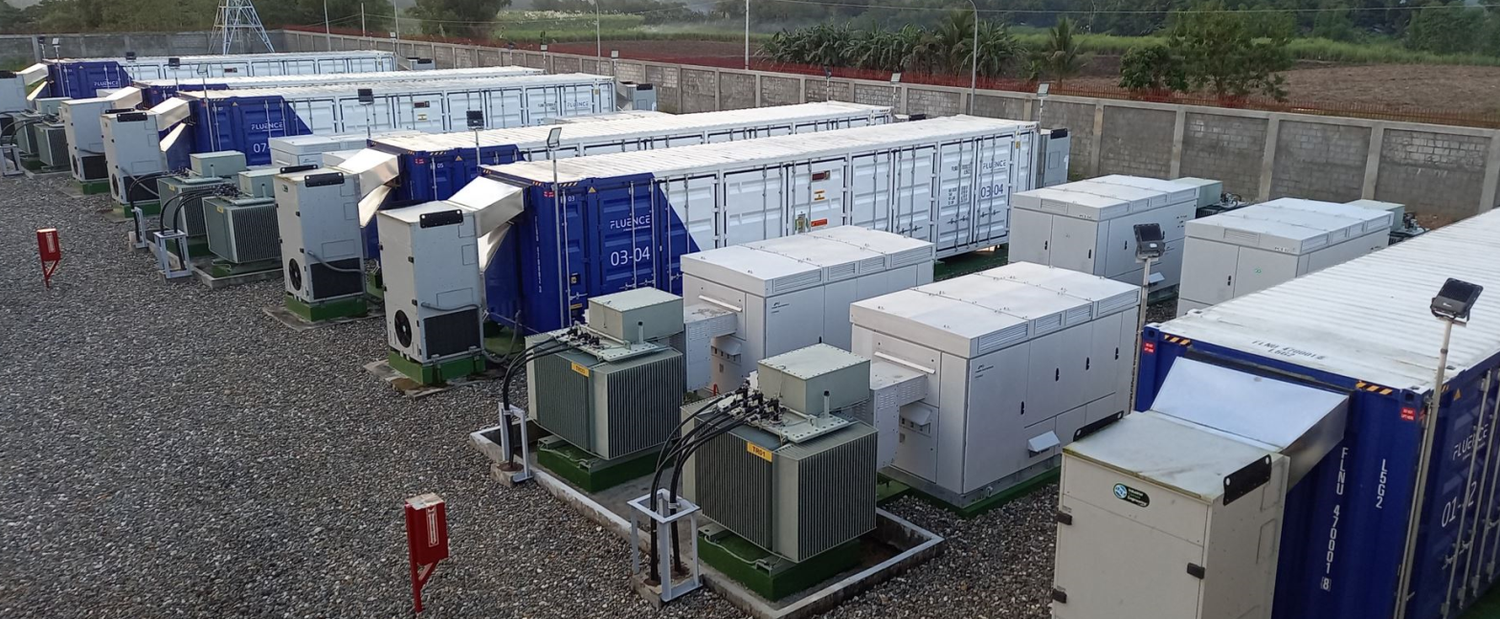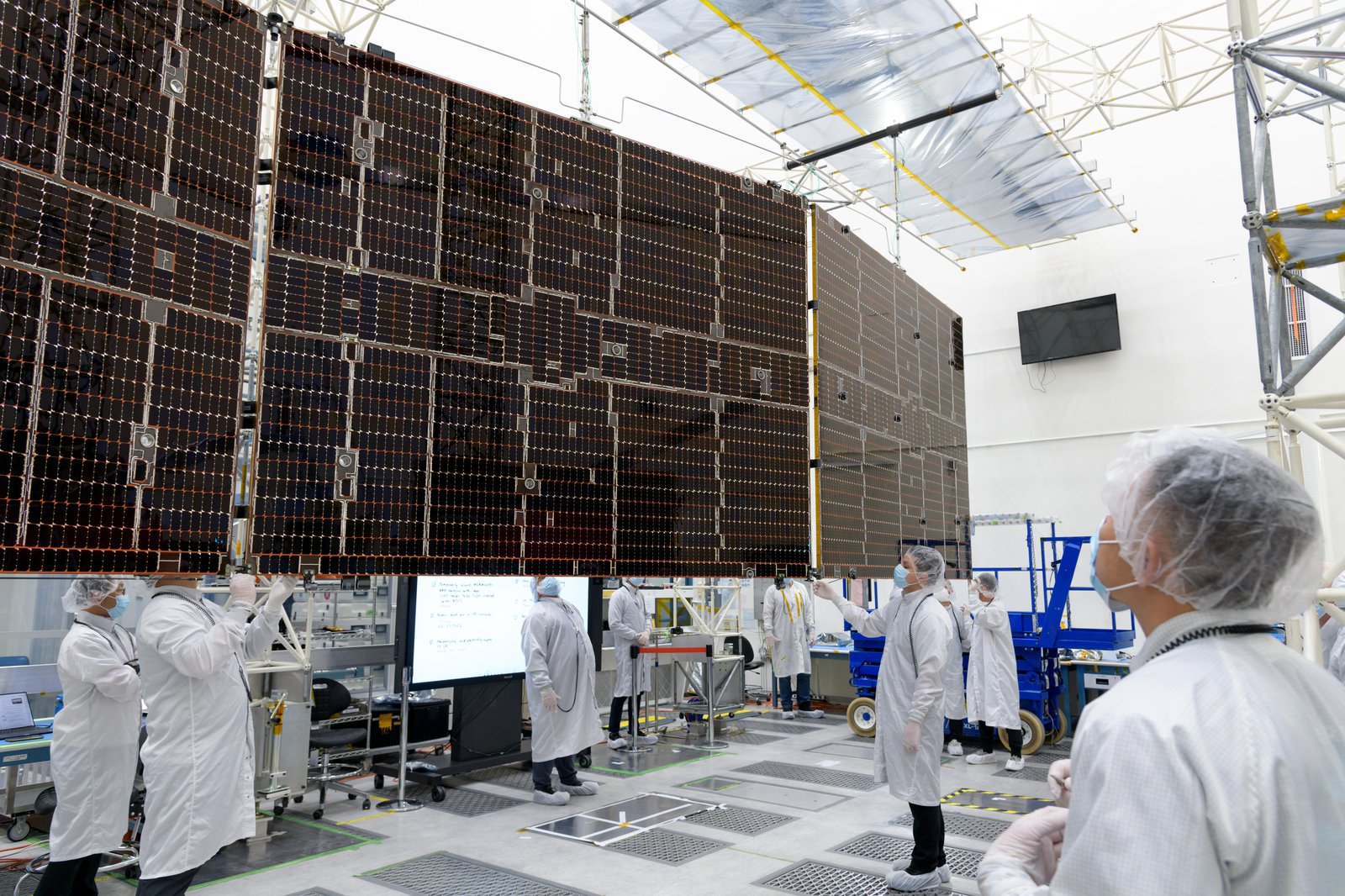https://www.pv-magazine.com/2022/03/07/ihs-markit-battery-prices-wont-fall-until-2024/
IHS Markit: Battery prices won’t fall until 2024

Stationary battery storage projects cannot expect any return to falling prices before 2024, according to IHS Markit.
Image: Fluence
Business data company IHS Markit has predicted lithium-ion battery prices will not fall until 2024, thanks to rising metal prices, soaring demand for electric vehicles (EVs), and China's near monopoly on the industry.
The analyst, which has produced a list of cleantech trends for 2022, also said current green hydrogen project timescales will have the world on schedule for a supply crunch of the energy storage medium in 2025.
Amid fierce EV demand for lithium-ion phosphate batteries, London-based, S&P Global-owned IHS has predicted a battery module price increase of 5% this year will drive up the overall cost of stationary battery projects around 3%.
Raw material sourcing
As part of pv magazine’s UP Initiative, we have focused on raw material sourcing in the energy storage industry. Read about material sourcing for batteries, lithium extraction in Chile, cobalt from the Congo, and the development of raw material recycling, and contact up@pv-magazine.com to find out more.
With the analyst having recorded lithium-ion battery price rises of 10-20% in the “later months of 2021,” it predicted price tags will not return to a downward trajectory for another two years and even that development will depend on manufacturers expanding production capacity and seeing off demand from EV makers.
The green hydrogen bottleneck anticipated mid decade is in part a result of project announcements which included plans laid last year for almost 250GW of electrolyzer capacity – up from 70GW worth of announcements in 2020, and less than 15GW in 2019. IHS, however, predicted further electrolyzer production plans this year and next will help ease any supply squeeze and reiterated an estimate Europe's green hydrogen demand alone is expected to require up to 250GW of solar generation capacity this decade.
Popular content
Noting moves by the US and India to onshore solar manufacturing, IHS said it expects the logistics and input cost headaches which drove up the price of solar panels last year will continue to inflate costs this year, particularly for the next four months. The market data firm did state, however, new manufacturing capacity of solar panel raw material polysilicon is coming online faster than expected, solar wafers are becoming more efficient, and new wafer producers are entering the market.
While solar and wind prices may continue to rise this year, IHS said, clean energy remains competitive, in part thanks to cheaper financing costs as banks become accustomed to backing such projects and the world experiences a continued enthusiasm for green finance.
Smaller
Solar projects with generation capacities no larger than 5MW will account for 45% of new arrays this year, according to IHS Markit, with China and Germany driving more than 60% of demand in the segment.
Brazil will continue to see demand for sub-5MW projects, with net-metered arrays installed through next year not subject to grid charges, and established smaller-scale solar markets in the US and France will be joined by new entrants, with a graphic produced by IHS Markit suggesting they could include Japan, India and Italy.
Home and business rooftop arrays continue to be competitive despite rising panel prices, IHS said, because they are competing against retail energy prices rather than the wholesale levels which utility scale projects have to contend with.
This content is protected by copyright and may not be reused. If you want to cooperate with us and would like to reuse some of our content, please contact: editors@pv-magazine.com.




